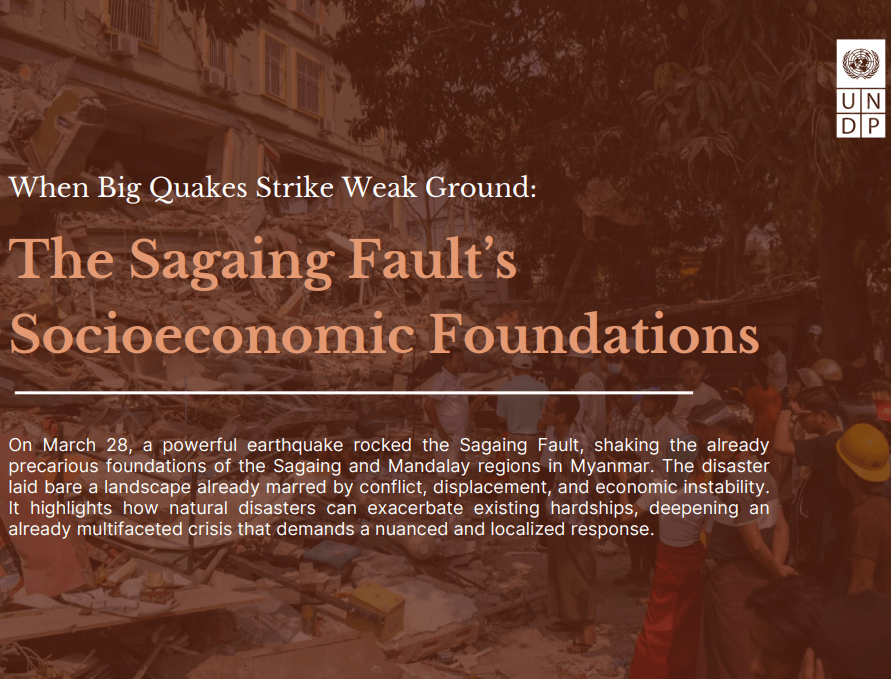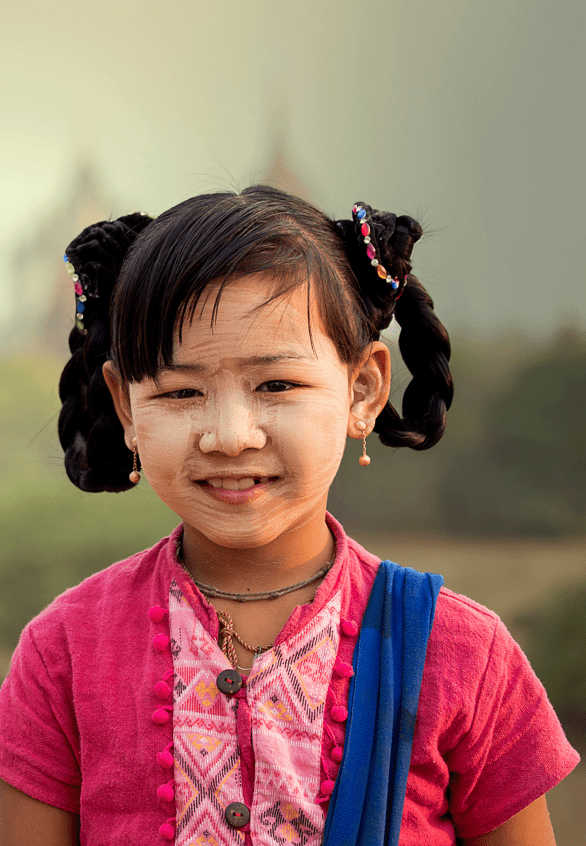
The Sagaing Fault’s Socioeconomic Foundations
While the earthquake delivered a sudden and devastating blow, it did so upon a foundation
The contraction of household incomes since the onset of the pandemic and the political crisis shows no sign of recovery. Respondents of the People’s Pulse Survey 2023 (PPS), conducted between June and October 2023 by the United Nations Development Programme (UNDP), were asked how their household income had changed since January 2023;
April 2024
The contraction of household incomes since the onset of the pandemic and the political crisis shows no sign of recovery. Respondents of the People’s Pulse Survey 2023 (PPS), conducted between June and October 2023 by the United Nations Development Programme (UNDP), were asked how their household income had changed since January 2023; 57 percent reported that their income had remained the same, while 30 percent reported a decline. Rather than signalling a potential recovery, however, the more plausible explanation is that incomes have nearly hit the bottom.
Moreover, not only are there more poor people today, but they are also more deeply poor. The poverty gap – a measure of the average income shortfall of all those who are poor – stands at 24.4 percent. This compares to 18.5 percent in 2022 and 5.2 percent in 2017, an increase of over 6 percentage points since 2022.

While the earthquake delivered a sudden and devastating blow, it did so upon a foundation

Myanmar is grappling with an unprecedented “polycrisis” that has reshaped every aspect of life over

Coming soon Coming Soon Unveiling the Household-Based Human Development Index in Myanmar: Concentrated Loss and

Coming soon Coming Soon An Unfolding Exodus: Migration and Youth Perception To be published Coming